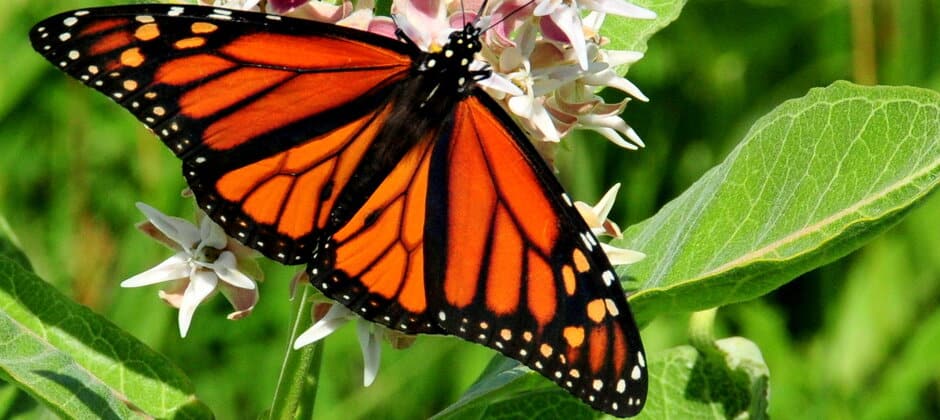Share this article
USFWS declines to list monarch or uplist owl
The U.S. Fish and Wildlife Service has announced that higher priority listing actions under the Endangered Species Act will prevent it from listing the monarch butterfly or uplisting the northern spotted owl from threatened to endangered.
The USFWS explained in the federal register announcement for the northern spotted owl (Strix occidentalis caurina) that an otherwise warranted listing is precluded if the agency, “does not have sufficient resources available to complete the proposal, because there are competing demands for those resources and the relative priority of those competing demands is higher.”
When making these decisions, the USFWS considers the resources available for a proposed listing, the estimated cost of completing the proposed listing regulation, the agency’s overall workload, and the priority assigned to the proposed listing. Congress provided the funding for listing activities each year, which often includes a cap on the USFWS funds that can be spent on the listing program, necessitating this prioritization.
In its 12-month finding for the northern spotted owl released on Dec. 15, the agency noted that, “after a thorough review of the best available scientific and commercial information, we find that reclassification of the northern spotted owl from a threatened species to an endangered species is warranted but precluded by higher priority actions.”
That finding notes the northern spotted owl range in the Pacific Northwest has contracted in recent decades as a result of habitat loss. On federal land specifically, “the combined effects of climate change, high-severity wildfire and past management practices are changing forest ecosystem processes and dynamics, and the expansion of barred owl populations is altering the capacity of intact habitat to support northern spotted owls.” Several northern spotted owl populations under long-term monitoring have declined more than 70% in the last 30 years, resulting in an increased risk of extinction, especially in Washington and Oregon.
In August, the U.S. Fish and Wildlife Service released a proposal to reduce the critical habitat designated for the northern spotted owl in Oregon by about 2% or 205,000 acres. Currently, 9.6 million acres are designated for the owl in Oregon, Washington and California.
Similarly, the USFWS determined that while listing is warranted for the monarch butterfly (Danaus plexippus), it will have to wait until after higher priority actions are taken. For now, the species will be a candidates for listing, and will be at priority number 8 the agency said in a press release. “This priority number indicates the magnitude of threats is moderate and those threats are imminent.”
Throughout North America, monarch butterfly populations have seen precipitous declines in recent decades. According to the USFWS, the western population of monarchs has declined from 1.2 million in 1997 to less than 30,000 in 2019, while the eastern population declined from 384 million in 1996 to 14 million in 2013.
The USFWS first received a petition to list the monarch in 2014 and began studying its status in 2016. In April, the agency finalized a Candidate Conservation Agreement with Assurances, through which transportation and energy partners around the country can work with the Service to address monarch butterfly conservation needs on millions of acres of rights-of-way and associated lands. State wildlife agencies and their partners have also put substantial efforts toward monarch conservation in both the Midwest and the West.
Read TWS’ Standing Position on Threatened and Endangered Species in the U.S. and Position Statement on the U.S. Endangered Species Act
Header Image: The U.S. Fish and Wildlife Service has declined to list the monarch butterfly under the Endangered Species Act. Credit: USFWS Mountain-Prairie








